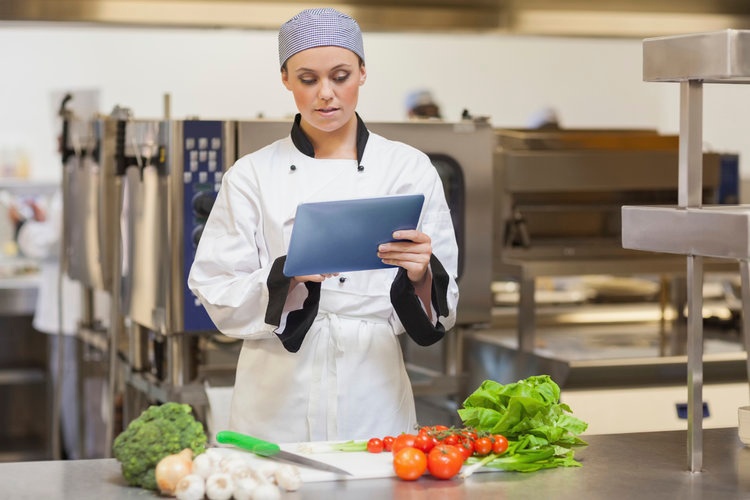Can Video Sync with Restaurant Training?
Employee turnover remains high in the restaurant and accommodation industry. In 2014, the turnover rate climbed to 66.3 percent. Though that number isn’t as bad as before the Great Recession, it’s still too high, collectively costing restaurants billions of dollars each year. In practical terms, if your restaurant has 30 employees, 20 of them won’t be around in a year—and you will be tasked devoting time and resources with training at least 20 hires, many of whom won’t make it to the year after …
This high turnover rate reinforces the need for impactful restaurant training programs. Better-trained employees are engaged faster and less likely to leave because they are bored or dissatisfied. Also, more efficient training reduces the time managers and other employees must devote to train hires.
Many companies have turned to an increased use of video to as part of their restaurant training programs, but others are still hesitant. Those restaurants on the fence may be concerned about cost, ease of use, bandwidth, acceptance by employees, and other logistical considerations. As a result, some companies are nervous about taking such a bold step. They wonder: Can video sync with restaurant training programs?
The Power of Video
A bevy of research has shown that people retain more knowledge, stay more focused, and learn better watching video as opposed to reading printed materials. In a restaurant setting, the difference in impact is dramatic. An employee can read about how to prepare a new menu item, perhaps imagining the steps involved to get the dish just right and according to corporate specifications. Even printed content with diagrams has an increased margin of error. With video, the same employee doesn’t have to imagine—he or she watches exactly how it’s done. Training is more effective, thus boosting productivity.
Video in the Kitchen
A common concern about video in restaurant training programs is that taking the medium into the kitchen isn’t practical. For years, moving a VCR, DVD player, or desktop PC into the prep area wasn’t practical; even laptops aren’t well suited for a kitchen environment. The introduction of tablet-based training changed all that. An iPad or Surface doesn’t require much space yet offers an adequately big screen to watch video. Touchscreens are perfect to use during the learning process—just a touch or a swipe allows employees to pause and rewind video as needed or switch to another file. Workers can prepare a new dish as they learn it by watching content on the tablet.
Precious Bandwidth
In this era of cloud computing, streaming video would seem to be a natural advancement for restaurant training programs. However, this approach carries potential snafus because using a store’s bandwidth to watch a video takes away from other functions requiring that bandwidth as well. Registers and ordering systems may rely on the network to operate efficiently, and customer Wi-Fi has become an expectation at many fast food restaurants. Slow those functions down, and you are going to have problems. Today’s tablet-based training solutions solve this problem by compressing files to a fraction of their original size, then uploading the svelte videos directly onto devices so they can be watched locally and without any streaming.
A Perfect Match
As we have demonstrated, video is perfect for enhancing and revolutionizing restaurant training programs. The quality of learning improves, and modern solutions require minimal effort from managers and employees to understand and use. For example, the aforementioned video uploading can occur automatically, without any effort on the end-user’s part, and even when the tablet is asleep. Pairing video with restaurant training programs can decrease turnover, boost revenue, and produce a demonstrable ROI in a time when every profit counts.
How effective has video been in your restaurant training programs?





